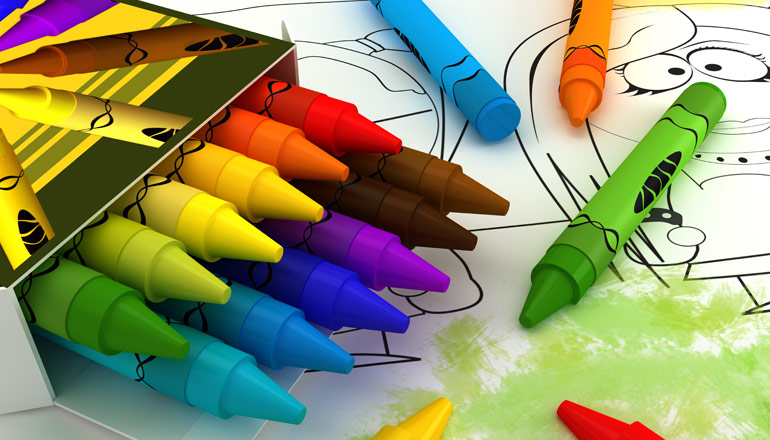How art therapy helps during your child’s hospital stay
Hospital stays are a stressful time, especially for young patients. It's easy for kids to panic and overthink in such a situation – they're unfamiliar with the environment, separated from their family, and unsure of what's going to happen to them.
That said, this is one of those times that you need to keep them calm. For kids, too much stress can manifest both physically and mentally. They can experience a decreased appetite, headaches, sleep disturbances, and even exacerbate their fears and anxieties. Fortunately, there are ways to alleviate stress in children when they have to stay in a hospital – one of the most powerful is art.
Art Therapy
Art is important for pediatric patients because it can help prevent negative emotions from taking root. A study from 2018 documented that letting pediatric patients engage in art activities decreased their stress levels. There was also a noticeable improvement in the children's moods. Researchers concluded that art gave young patients control in a situation where they felt they didn't have any. It also served as an effective outlet for negative emotions like stress and fear.This use of art as a means of boosting mental health is known as art therapy. Art therapy can be used for patients of all ages and of differing backgrounds, including pediatric patients, and it's a technique that relies on the idea that creative expression can support one's healing process and mental wellbeing.
Arts & Crafts at the Hospital
The great thing about art therapy is that anyone can break out some art materials and engage in the process! If you'd like to do this on your own, consult your child about the art activities they might be interested in. Playing with some modeling clay can be a fun activity for toddlers, while school aged children might want to try coloring tasks, finger-painting, and mask-making. That said, coloring can also be a relaxing activity for older kids, as well as watercolor painting and collage-making.That said, you can coordinate with your child's care team so you can properly incorporate art therapy into their routine. If possible, talk to the health manager as they'll most likely be overseeing your child's schedule for treatments. Following the recent pandemic, there's been a growing need for efficient operations and inventory management in healthcare. This is why health managers are crucial to ensuring the best care for your child. Luckily, with the growing number of students graduating with an online bachelors in healthcare management, there are plenty of qualified health managers to supply the demand. With proficiency in both healthcare and business management, these professionals can effectively delegate the appropriate staff and resources to your child. Moreover, their background in liberal arts and psychology ensures that your health manager will understand the benefits of art therapy. With their help, you can plot out your child's daily schedule – art therapy sessions included – while ensuring that they're comfortable every step of the way.
Another option is to loop in a credentialed art therapist. The difference between them and regular therapists or healthcare professionals is their specialization in conducting art therapy. If your child's condition is more serious than the common cold and requires more extensive knowledge of psychology, an art therapist can be a great addition to the care team. They can work to improve cognitive functioning and even help kids manage their pain and other symptoms caused by their condition or injury.









